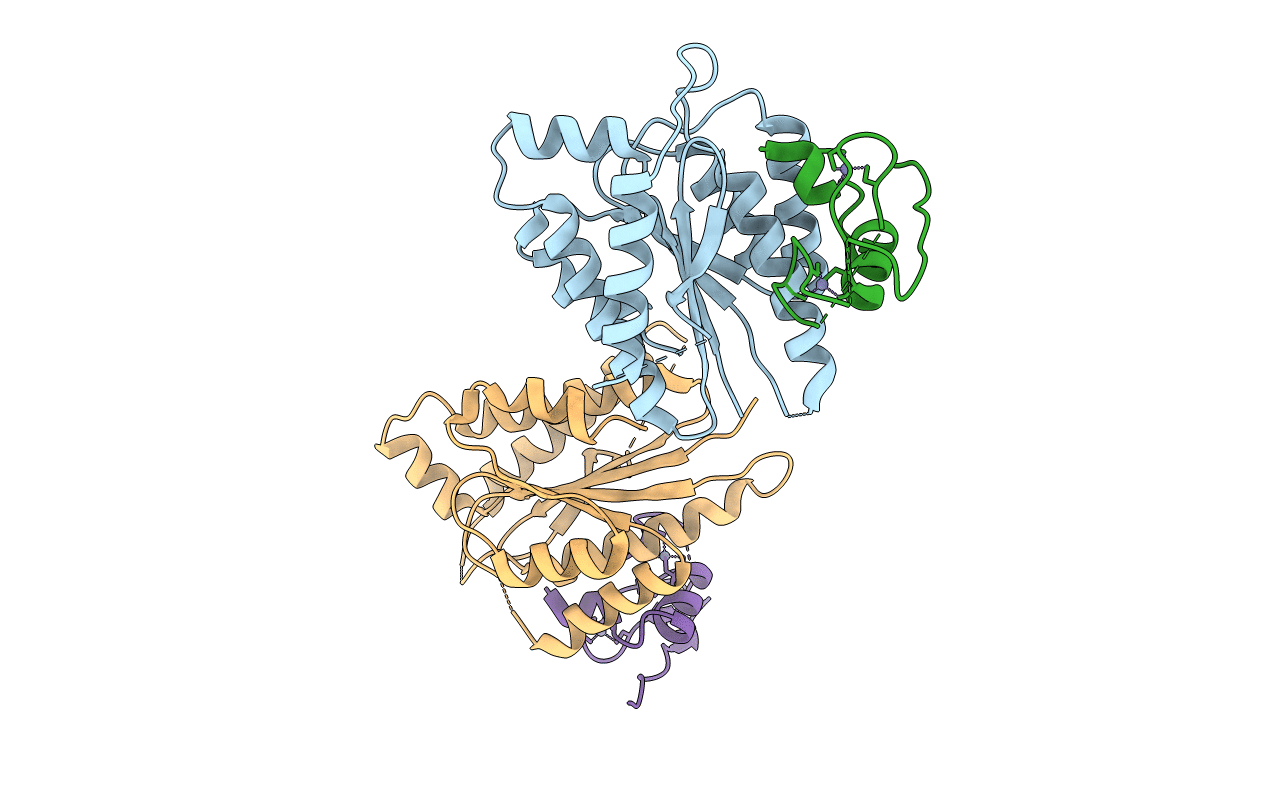
Deposition Date
2017-06-12
Release Date
2017-10-18
Last Version Date
2024-01-17
Method Details:
Experimental Method:
Resolution:
3.40 Å
R-Value Free:
0.29
R-Value Work:
0.24
R-Value Observed:
0.23
Space Group:
I 21 21 21


